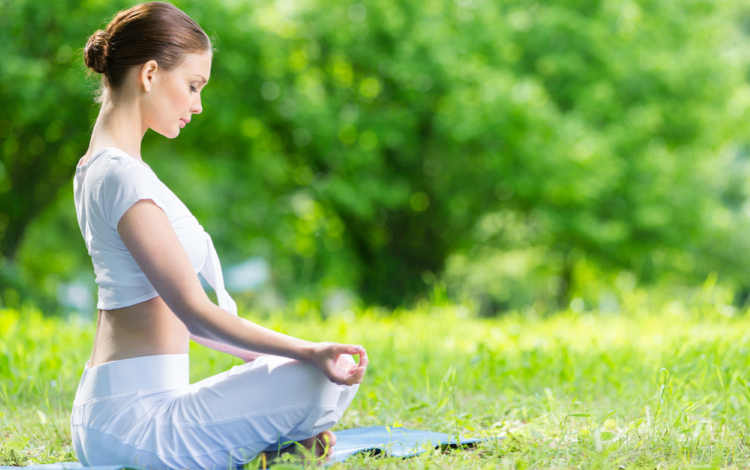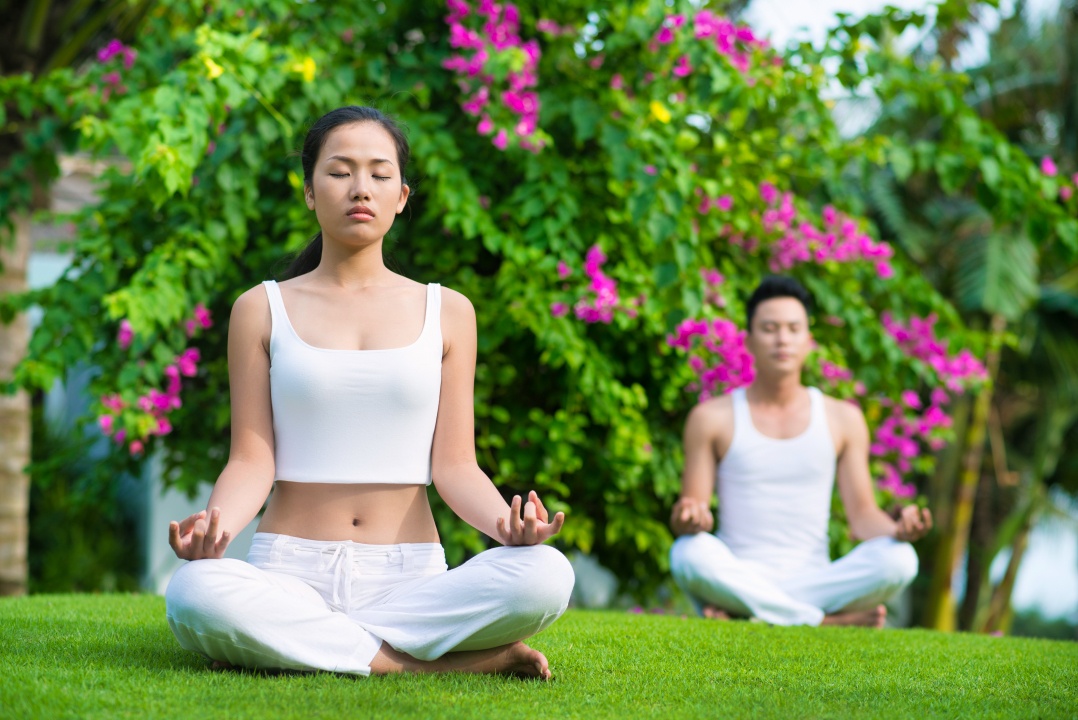There are a variety of meditation methods that suit most people. However, there is no “right way” to meditate, meaning someone can explore the different types until they find one that works for them.
Meditation denotes an array of techniques that promoteTrusted Source mind and body integration. Some types involve keeping mental focus on a sensation, while other types entail focusing awareness on the present without making judgments.
People use meditation to foster relaxation and heightened awareness in a stressful world where senses often become dull. Research suggests that meditation may have the potential to improve physical well-being, as well as emotional health, but most of the evidence is preliminary.
Types of meditation

The following eight examples are some of the best-known ways to meditate:
Loving-kindness meditation
Another name for this kind of meditation is the Metta meditation Trusted Source. Developing a loving and compassionate attitude toward everything, including a person's adversaries and the things that cause them stress, is the purpose of this practice.
Individuals may open their minds to accept love kindness by taking deep breaths and focusing on their breathing. Afterwards, they convey messages of loving compassion to the whole globe, to particular individuals, or to their own loved ones.
In the majority of these meditation practices, the most important thing is to repeat the message several times until the person reaches a state of mindset that is characterized by kindness.
Progressive muscle relaxation
During a session of progressive relaxation, practitioners begin at one end of their body, often their feet, and work their way through the whole body.
In order to practice some types of progressive relaxation, one must first tension their muscles and then relax them. Others suggest that a person releases stress by visualizing a wave moving over their body and letting it wash over them.
Attaining a state of generalized tranquilly and relaxation may be facilitated by the practice of progressive relaxation. Additionally, it may be helpful for chronic pain. Some individuals find that this particular kind of meditation is helpful in assisting them to go asleep since it gradually and steadily relaxes the body.
Mindfulness meditation
There is a kind of meditation known as mindfulness, which encourages practitioners to maintain awareness and presence in the present moment. Mindfulness is a practice that helps individuals to become more aware of their surroundings in the current moment, as opposed to lingering on the past or dreading the future.
Absence of judgment is an essential component of this. To instance, a practitioner will just observe the delay without passing judgment on it, rather than thinking on the frustration of having to wait for a long time.
People are able to practice mindfulness meditation in almost any setting for themselves. For instance, a person could be able to observe their environment in a calm manner while they are waiting in line at the grocery store. This would include taking note of the sights, sounds, and odours that they encounter.
Almost every method of meditation incorporates some degree of awareness into its practice. Through the practice of breath awareness, for instance, practitioners are encouraged to be conscious of their own breathing, while progressive relaxation directs attention to specific parts of the body that are experiencing stress.
Because mindfulness is a theme common to many types of meditation, it has been studied extensively. Research has found that it can:
- reduce fixation on negative emotions
- improve focus
- improve memory
- lessen impulsive and emotional reactions
- increase relationship satisfaction
Breath awareness meditation
There is a kind of mindful meditation known as breath awareness, which emphasizes the practice of attentive breathing.
The practitioners take calm, deep breaths while counting the number of breaths they take. Only concentrating on one's breathing and ignoring any other ideas that come into one's head is the objective here.
The practice of breath awareness, which is a kind of mindfulness meditation, has many of the same advantages as mindfulness meditation. These include the following:
- reduced anxiety
- improved concentration
- increased emotional flexibility
Mantra-based meditation
Mantra-based meditation involves the continuous repetition of a set of syllables, phrases, or words either aloud or silently. A person may perform it with or without religious content.
It works by overriding and redirecting negative thoughts. A 2022 studyTrusted Source found it produced small to moderate decreases in anxiety, as well as small reductions in depression. However, study bias and the scarcity of research may weaken these findings.
Transcendental meditation
Meditation is a spiritual practice that involves persons being seated and taking calm, deep breaths. Transcendental meditation is a sort of meditation. The objective is to go above or beyond the person's existing state of being in order to achieve this goal.
In the course of a session, a person need to concentrate on a mantra. In the event that they are working with a teacher, the mantra will be determined by them based on a complicated collection of influences.
People are able to choose their mantra via the use of an alternate form. Despite the fact that it may seem to be somewhat comparable, this more modern style of meditation is not strictly considered to be transcendental meditation. In the course of their meditation, a person can choose to repeat to themselves, "I am not afraid of public speaking."
A more recent clinical study from 2014This kind of meditation was evaluated by Trusted Source, which found that forty instructors found it beneficial. According to the authors' findings, it has the potential to alleviate stress, burnout, and signs of depression. On the other hand, further study is required in order to validate the findings.

